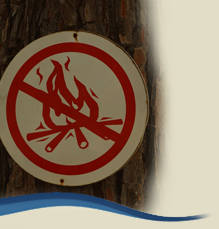 SOURCE: US FIRE ADMINISTRATION
SOURCE: US FIRE ADMINISTRATION
Source: National Fire Protection Association 1998 Fire Loss in the U.S. and Fire in the United States 1987-1996 11th Edition
See Also: US Fire Administration Website
Patrick Maddox, Director of Public Safety
90 College Boulevard East
Niceville, FL 32578
Phone: (850) 651-7150
Fax: (850) 651-7170
302 N. Wilson St. - Suite 302
Crestview, FL 32536
1250 N. Eglin Parkway, Suite 100
Shalimar, FL 32579
Call 850-689-5050 or 850-423-1542 for all departments.